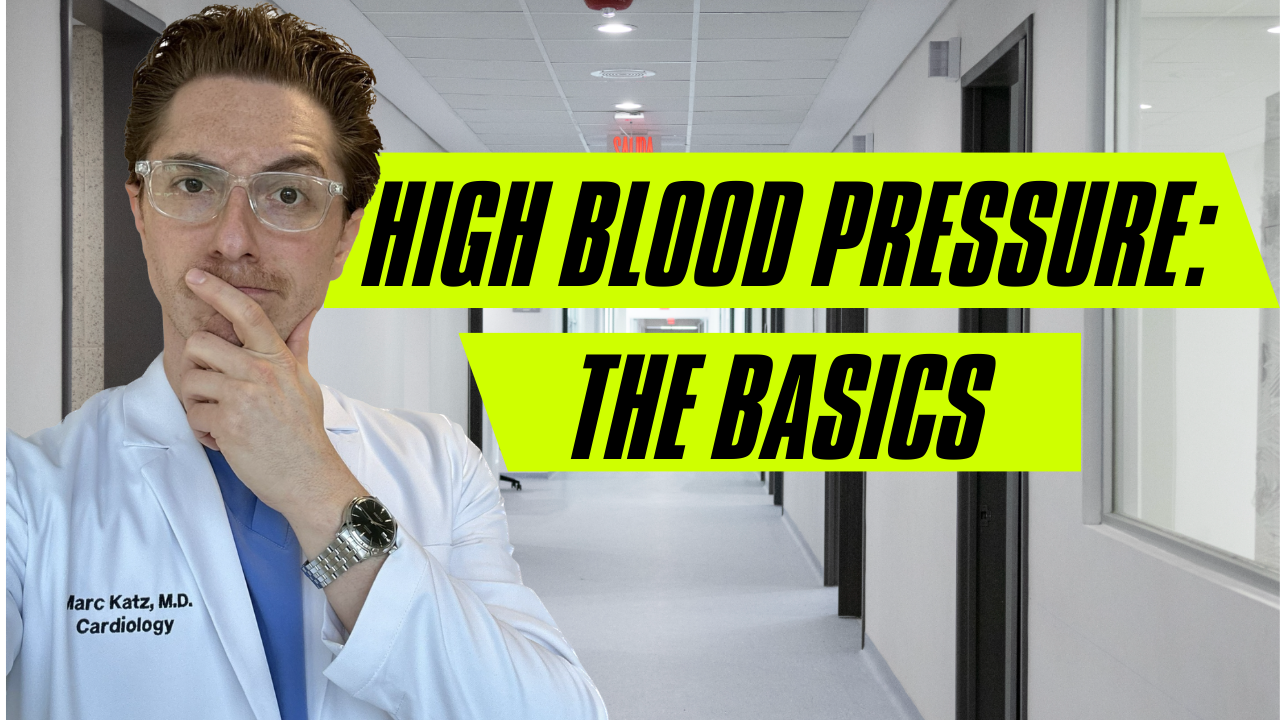Now Is The Time To Develop Your Style With Patients
I’m thankful that my first rotation was family medicine out in Youngstown, Ohio. Youngstown is a small town halfway between Cleveland and Pittsburgh. Everything moves a little slower out there compared to what I’m used to in Brooklyn and Manhattan. Similarly, my family medicine rotation as a whole was slower and calmer compared to my other rotations. I didn’t see any emergency conditions or an excessive number of rare pathologies in the doctor’s office I rotated through. I saw routine diseases that affect the majority of Americans- hypertension, diabetes, chronic pain, concerning moles and freckles, so on and so forth.
While I was in the doctor’s office I didn’t necessarily learn about the pathophysiological mechanisms underlying these diseases. That’s not what my physician primarily taught me. I had to dedicate time to study that stuff on my own. Instead, my attending taught me the art of practicing medicine.
What still strikes me today is how well my attending knew his patients. He had entire families coming to see him. We would check grandma’s blood pressure, grandpa’s blood thinners, mom’s thyroid hormone levels, dad’s sugars, and give a vaccine or two to the kids and send them on their way with new scripts and clean bills of health. But he also knew which grocery stores had the cheapest, or sometimes free, medications. With a patriarchal nurturing tone, he would warn his patients not to end up spending too much money at the big chains because they often offered free or bargain-priced medications that a majority of their customers needed as a ploy to get them in the door. He reminded me of my dad telling me to behave before a night out with my friends after an exam.
And the sincerity was a two way street. On many occasions patients would offer my attending help repaving his driveway or moving an old tractor from a ditch with the same nonchalant manner of someone asking to please pass the water from the other side of the dinner table. It was like a tight-knit community out of a corny television commercial. I mean, I had always heard that people are much nicer in the Midwest, or just about anywhere outside of New York for that matter, but are people seriously this nice?
After my six weeks in Ohio came to a close I moved to Brooklyn to complete my third year rotations. I started with psychiatry. My first psych patient came to the office for routine pre-surgical clearance for a gastric sleeve operation. Most patients are required to start a weight loss regimen to help smooth the post-surgical transition and increase the surgery’s success rate. After I finished conducting my portion of the patient’s history, the patient and I joined my attending in his office.
My attending got up from his comfortable reclining padded leather chair that you would expect to find in a psychiatrist’s office and joined us on the other side of his desk. He moved the third empty chair and positioned it to make a small triangle with the patient and me before sitting down. He sat, paused, acknowledged both of us, and asked the patient how she was doing.
Our patient was excited that she was continuing to lose weight and my attending was proud of her too. You could feel that he genuinely cared. It was like they were gym buddies encouraging one another.
The patient was cleared for surgery leaving my attending and I alone for a few fleeting seconds before the next patient was called in. Without looking up from a paper on his desk he remarked, ‘By the way, I liked how you interacted with that patient”. Stunned, I kind of just gazed at him unsure if he was joking in the most extreme of sarcastic ways or if he was actually being serious. Realizing I should probably say something I finally asked him, “What do you mean? I didn’t say anything”. He answered simply, “Yes. But you listened very well”.
His comment made me realize that the warm comradery, earnest candor, and trusting temperament wasn’t unique to Ohio or to family medicine but is intrinsic to all high quality caring physicians. It allowed me to recognize the art of the physician as the exquisite ability to convey trust and compassion not only through what you say but how you say it. By using your eyes, your attitude, and your posture alongside what you actually tell your patient.
That art takes time and practice to perfect. There are physicians who have been practicing medicine for longer than I’ve been alive. Their ability to connect with patients and make them feel comfortable, safe, and heard is engrained in their routines through decades of practice.
As a medical student and future physician, now is the time to develop your personal style of how you interact with your patients. How do you want to be perceived when you walk into your patient’s room? How do you want to make your patients and their families feel when you discuss their health or treatment options? As a physician, how do you want to be remembered? These are questions that only you can answer but you can start figuring that out now. Actively observe how your attendings, residents, and even your peers interact with their patients. Mimic what you like. Avoid what you don’t.
Ultimately, how you interact with your patients is part of your style. It’s a reflection of your attitude and personality. It has the ability to affect the people around you, including your patients, and can be greatly beneficial, or conversely detrimental, to your career. So start developing that style now. And whatever you do, do it with confidence.


